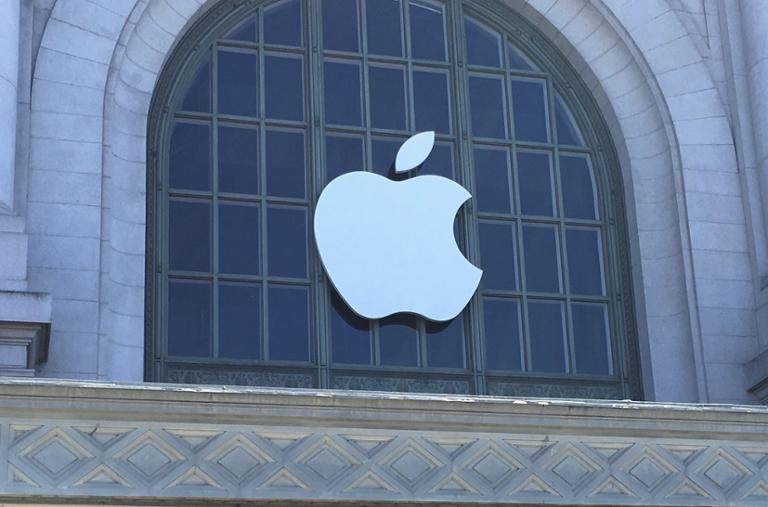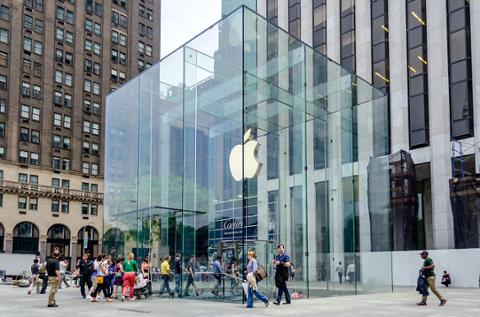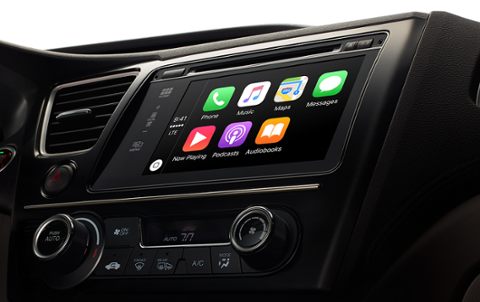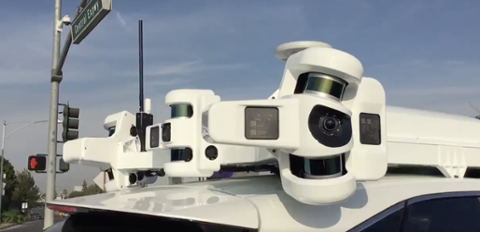[caption id="attachment_139213" align="aligncenter" width="1783"]

Apple WWDC 2016[/caption] With Apple’s "Project Titan" apparently
pivoting from creation of a full automobile to automotive automation, the company’s Vice President of Environmental, Policy and Social Initiatives, Lisa Jackson, has taken a seat on the Department of Transportation’s (DoT) new "
Committee on Automation." Chaired by General Motors CEO Mary Barra and Los Angeles Mayor Eric Garcetti, the committee bills itself as one that will “immediately begin work on some of the most pressing and relevant matters facing transportation today, including the development and deployment of automated vehicles, and determining the needs of the Department as it continues with its relevant research, policy, and regulations.” Its first meeting is January 16. The DoT’s automation committee also boasts members from Amazon, FedEx, Lyft, Uber, the American Trucking Association, and
that guy who landed a plane in the Hudson river. Several universities also have a seat at the table, as do Hyperloop One and State Farm Insurance. According to the DoT, committee members “will play a critical role in sharing best practices, challenges, and opportunities in automation, and will open lines of communication so stakeholders can learn and adapt based on feedback from each other.” Unpacking that bit, we can glean Apple is positioning itself as a leader in automation before having anything to offer consumers or manufacturers. With an apparent pivot to software, we’d have to assume CarPlay is being positioned as in-vehicle software that can either replace or append existing (and/or future) in-car firmware from established auto manufacturers. And automation requires dedicated hardware. Recently, Google’s Waymo spin-off
lowered the barrier to entry for the industry-standard LIDAR, which helps cars bounce signals off surrounding objects and vehicles. By focusing on the scalability of LIDAR, Google was able to trim the cost of hardware by 90 percent. Elsewhere, Tesla has been hard at work building (and defending) its own automation. Its ‘Autopilot’ offering is class-leading, and the division behind it just picked up Swift mastermind Chris Lattner from Apple to lead its ongoing software efforts. Interestingly, neither Google or Tesla have a seat at the DoT’s table. Despite being two of the more notable players at the intersection of auto and automation, they’re left out of the discussion. It’s hard to tell if that’s by design or circumstance. [caption id="attachment_139125" align="aligncenter" width="1720"]
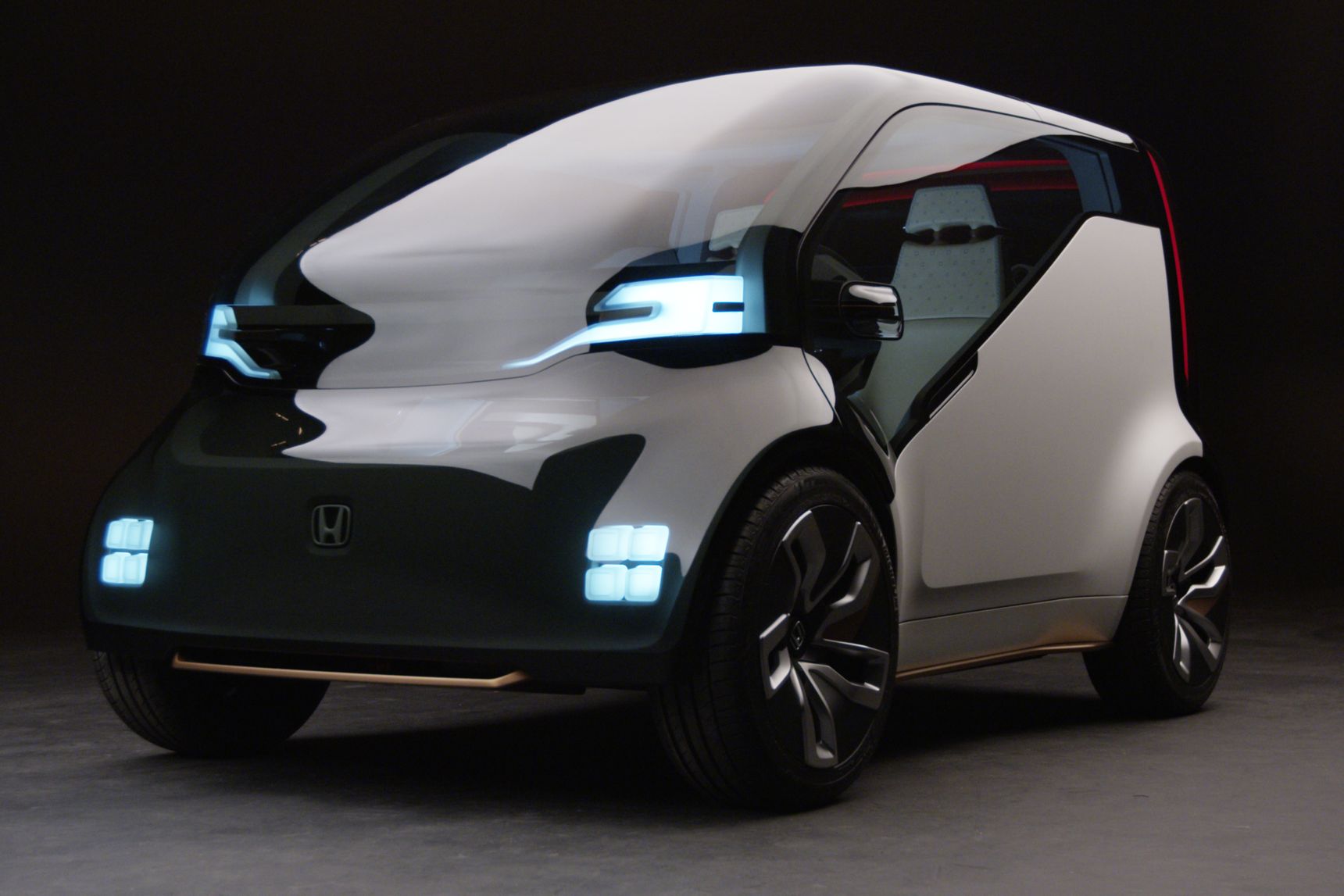
Honda's NeuV has advanced A.I.[/caption]
Apple, the Government, and Automation
Late last year, Apple
wrote a letter to the National Highway Traffic Safety Administration (NHTSA) outlining its ongoing efforts in machine learning and automation. That letter, signed by Apple’s Director of Product Integrity Steve Kenner, was submitted as commentary for the NHTSA’s Automated Vehicles Policy. In it, Apple noted it was investing “heavily” in machine learning, and pressured the NHTSA to get automotive automation right:
Apple uses machine learning to make its products and services smarter, more intuitive, and more personal. The company is investing heavily in the study of machine learning and automation, and is excited about the potential of automated systems in many areas, including transportation. Executed properly under NHTSA’s guidance, automated vehicles have the potential to greatly enhance the human experience—to prevent millions of car crashes and thousands of fatalities each year and to give mobility to those without. It is vital that those developing and deploying automated vehicles follow rigorous safety principles in design and production. Such principles should not, however, inhibit companies from making consequential progress; there is no need to compromise safety or innovation.
But that letter might also tell us why Apple is on the DoT’s committee. In it, Apple notes its stance on best practices for automation, including core beliefs like privacy and safety – almost as if it were a cover letter for Jackson's new role on the DoT committee. If it’s really working on in-car automation, as the breadcrumbs suggest, the company is likely protecting its stated interests by having a seat at the table. Which would mean Apple really is serious about building the automation software that drives your next vehicle.
 Apple WWDC 2016[/caption] With Apple’s "Project Titan" apparently pivoting from creation of a full automobile to automotive automation, the company’s Vice President of Environmental, Policy and Social Initiatives, Lisa Jackson, has taken a seat on the Department of Transportation’s (DoT) new "Committee on Automation." Chaired by General Motors CEO Mary Barra and Los Angeles Mayor Eric Garcetti, the committee bills itself as one that will “immediately begin work on some of the most pressing and relevant matters facing transportation today, including the development and deployment of automated vehicles, and determining the needs of the Department as it continues with its relevant research, policy, and regulations.” Its first meeting is January 16. The DoT’s automation committee also boasts members from Amazon, FedEx, Lyft, Uber, the American Trucking Association, and that guy who landed a plane in the Hudson river. Several universities also have a seat at the table, as do Hyperloop One and State Farm Insurance. According to the DoT, committee members “will play a critical role in sharing best practices, challenges, and opportunities in automation, and will open lines of communication so stakeholders can learn and adapt based on feedback from each other.” Unpacking that bit, we can glean Apple is positioning itself as a leader in automation before having anything to offer consumers or manufacturers. With an apparent pivot to software, we’d have to assume CarPlay is being positioned as in-vehicle software that can either replace or append existing (and/or future) in-car firmware from established auto manufacturers. And automation requires dedicated hardware. Recently, Google’s Waymo spin-off lowered the barrier to entry for the industry-standard LIDAR, which helps cars bounce signals off surrounding objects and vehicles. By focusing on the scalability of LIDAR, Google was able to trim the cost of hardware by 90 percent. Elsewhere, Tesla has been hard at work building (and defending) its own automation. Its ‘Autopilot’ offering is class-leading, and the division behind it just picked up Swift mastermind Chris Lattner from Apple to lead its ongoing software efforts. Interestingly, neither Google or Tesla have a seat at the DoT’s table. Despite being two of the more notable players at the intersection of auto and automation, they’re left out of the discussion. It’s hard to tell if that’s by design or circumstance. [caption id="attachment_139125" align="aligncenter" width="1720"]
Apple WWDC 2016[/caption] With Apple’s "Project Titan" apparently pivoting from creation of a full automobile to automotive automation, the company’s Vice President of Environmental, Policy and Social Initiatives, Lisa Jackson, has taken a seat on the Department of Transportation’s (DoT) new "Committee on Automation." Chaired by General Motors CEO Mary Barra and Los Angeles Mayor Eric Garcetti, the committee bills itself as one that will “immediately begin work on some of the most pressing and relevant matters facing transportation today, including the development and deployment of automated vehicles, and determining the needs of the Department as it continues with its relevant research, policy, and regulations.” Its first meeting is January 16. The DoT’s automation committee also boasts members from Amazon, FedEx, Lyft, Uber, the American Trucking Association, and that guy who landed a plane in the Hudson river. Several universities also have a seat at the table, as do Hyperloop One and State Farm Insurance. According to the DoT, committee members “will play a critical role in sharing best practices, challenges, and opportunities in automation, and will open lines of communication so stakeholders can learn and adapt based on feedback from each other.” Unpacking that bit, we can glean Apple is positioning itself as a leader in automation before having anything to offer consumers or manufacturers. With an apparent pivot to software, we’d have to assume CarPlay is being positioned as in-vehicle software that can either replace or append existing (and/or future) in-car firmware from established auto manufacturers. And automation requires dedicated hardware. Recently, Google’s Waymo spin-off lowered the barrier to entry for the industry-standard LIDAR, which helps cars bounce signals off surrounding objects and vehicles. By focusing on the scalability of LIDAR, Google was able to trim the cost of hardware by 90 percent. Elsewhere, Tesla has been hard at work building (and defending) its own automation. Its ‘Autopilot’ offering is class-leading, and the division behind it just picked up Swift mastermind Chris Lattner from Apple to lead its ongoing software efforts. Interestingly, neither Google or Tesla have a seat at the DoT’s table. Despite being two of the more notable players at the intersection of auto and automation, they’re left out of the discussion. It’s hard to tell if that’s by design or circumstance. [caption id="attachment_139125" align="aligncenter" width="1720"]  Honda's NeuV has advanced A.I.[/caption]
Honda's NeuV has advanced A.I.[/caption]
